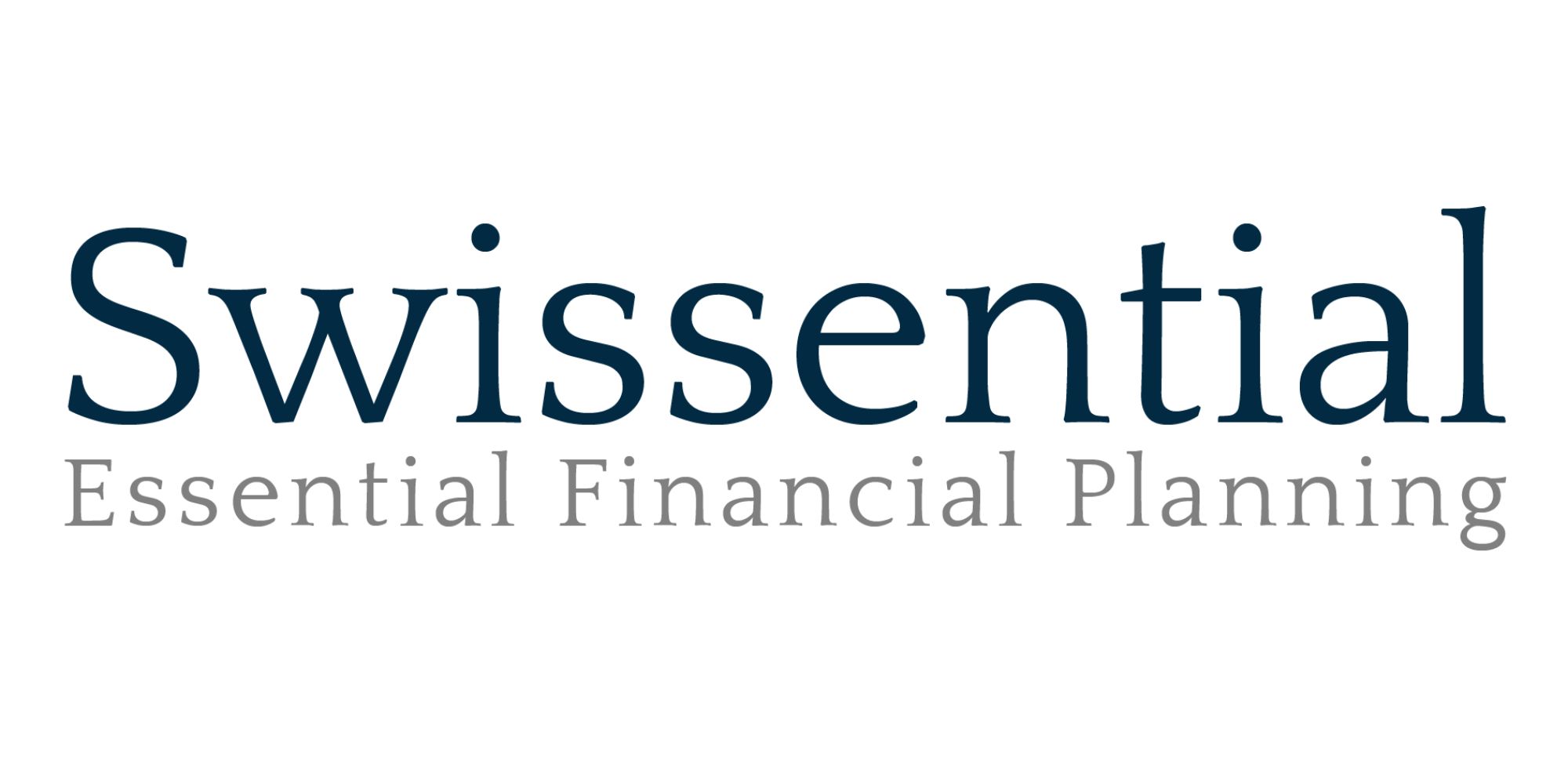When you start your journey to “building Wealth” you need to start with the basics before investing in Art.
- Protect yourself and your family.
- Make sure you optimize your taxes.
- Open a simple savings plan and save for your future.
- Buy your first property.
- Maximize your profits by investing on the Stock Market.
But what should you do next?
These days, many long-term investors look to diversify their portfolios by investing in ART.
If you’re wondering whether it is feasible to earn a profit from investing in art, consider this, according to ‘Art Market Research’, in some art sectors the price of art has risen more than 1,000% in the last 40 years. If you have an investment time horizon of 10-20 years or more, the wonderful and profitable world of art may be right for you.
How to Buy Works of Art?
Starting an art collection for investment purposes is a big step. Before you even think about what, where, or how to buy, you need to consider a few things if you want to maximize your profits.
- Research the Artist
- Research the Artwork
- Investigate the Dealer
Where to Buy Art?
In many cases, the question of ‘Where to buy art?’ can be as important as ‘How to buy?’ In answer to this question you have several options:
- Auctions
- Galleries
- Art Fairs
- Online
Where to Buy Art?
In many cases, the question of ‘Where to buy art?’ can be as important as ‘How to buy?’ In answer to this question you have several options:
- Auctions
- Galleries
- Art Fairs
- Online
What are the Pros & Cons of Investing in Art?
Advantages:
- Physical Asset. A big plus for many investors is the fact that you have a physical asset.
- Enjoyment Value. Fine art is an asset that can be displayed and appreciated. As a matter of fact, if you don’t like art, invest in something else.
- Appreciates Over Time. Unlike stocks, art usually appreciates steadily with time.
- No Market Fluctuations. This is seen as one of the biggest advantages to investing in art. The collector can sleep peacefully at night, without the worries of market volatility.
Disadvantages:
- Barrier to Entry. The main barrier to entry into the art world is lack of knowledge, which is essential for this type of investment.
- Not a Liquid Asset. Art is not a liquid asset in comparison to other forms of investing.
- Care of Asset Can Be Difficult. The problem starts with displaying or storing the artwork safely, caring for and maintaining it to preserve its value, and having it insured in case of a fire or natural disaster.
- No Guarantee It Will Appreciate. The art world is a very fickle environment. New or established artists can quickly fall out of favour as quickly as they rise to the top. The best thing to do is make sure you truly like every piece in your collection.
Investing in art is not for everyone. It can be extremely lucrative and rewarding, but there is no guarantee the artwork you purchase will appreciate in value. For many people, the world of art is not just a hobby or investment – it is a passion. So, consider that carefully and begin your wonderful journey.







